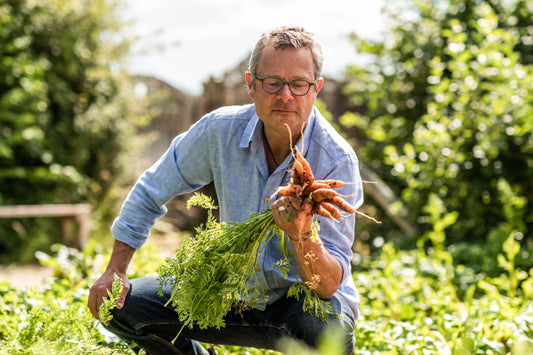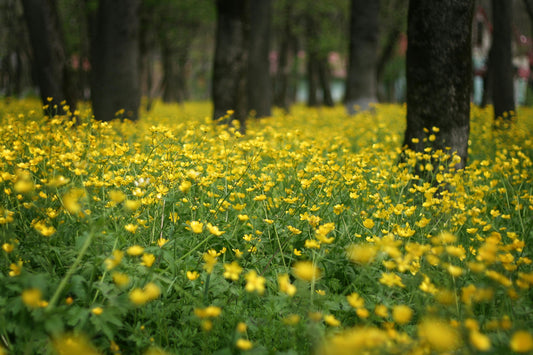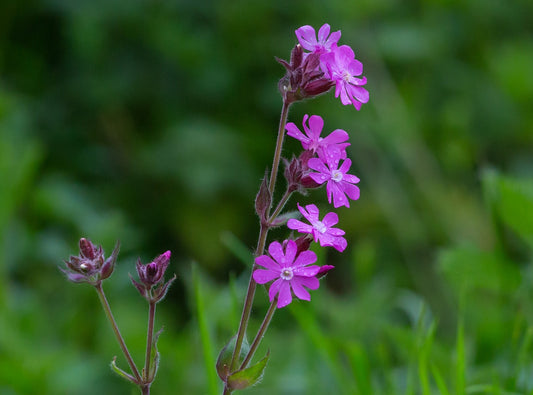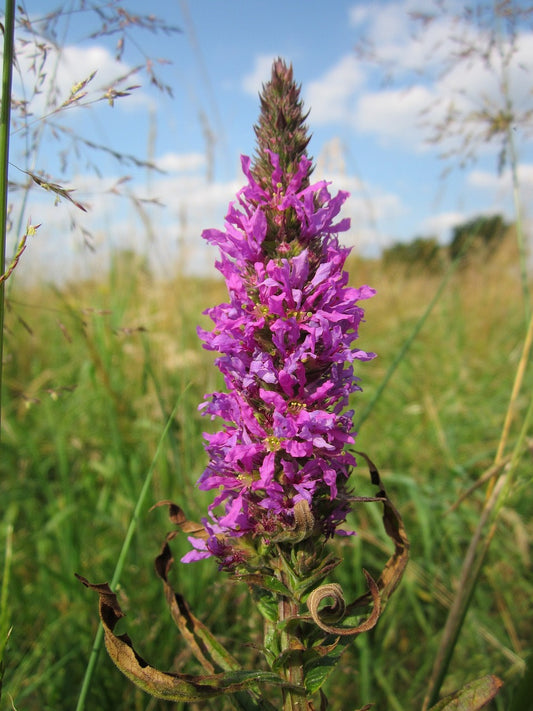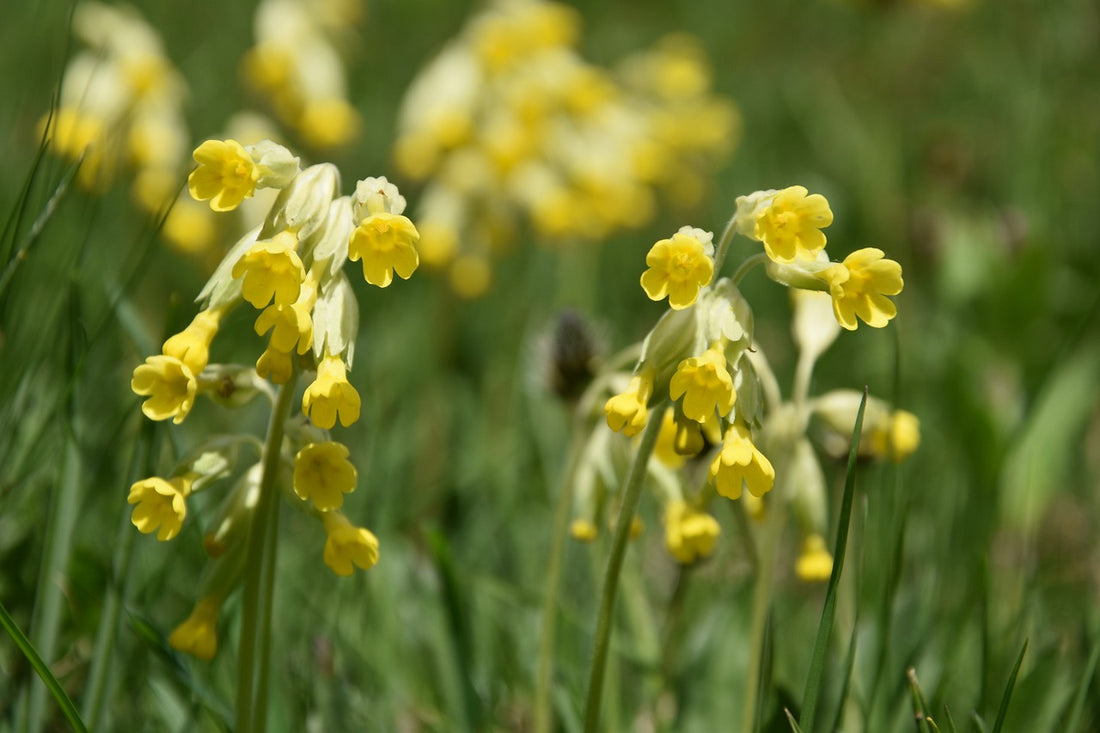
How to Plant and Grow Cowslip for a Vibrant, Fragrant Garden
Planting Cowslip: A Guide to Growing This Charming Wildflower in Your Garden
Cowslip (Primula veris) is a delightful wildflower known for its fragrant yellow blooms and historical uses in traditional medicine. This guide will walk you through the steps to successfully plant and care for Cowslip in your garden.
What is Cowslip?
Cowslip is a perennial wildflower native to Europe and Asia. It features clusters of nodding, tubular yellow flowers that bloom in spring. Cowslip is renowned for its sweet fragrance and its role in folklore and herbal medicine.
Benefits of Growing Cowslip
Growing Cowslip in your garden offers several benefits. Its beautiful, fragrant flowers attract pollinators such as bees and butterflies, enhancing the ecological health of your garden. Additionally, Cowslip is a charming plant that adds a touch of wild beauty to any landscape.
Best Time to Plant Cowslip
The ideal time to plant Cowslip is in the autumn or early spring. Planting in these seasons allows the seeds to undergo natural cold stratification, which can improve germination rates.
Choosing the Right Location for Cowslip
Cowslip thrives in well-drained soil and prefers a sunny to partially shaded location. It is well-suited for meadow gardens, woodland edges, and other naturalised settings.
Preparing the Soil for Cowslip
1. Soil Preparation: Clear the planting area of weeds and debris. Loosen the soil to a depth of about 15 cm (6 inches) and incorporate some organic matter or compost to improve soil fertility and drainage.
2. Soil pH: Cowslip prefers slightly acidic to neutral soil, with a pH range of 6.0 to 7.0.
How to Sow Cowslip Seeds
1. Sowing Seeds: Scatter the Cowslip seeds evenly over the soil surface. Lightly press them into the soil or cover them with a thin layer of compost. The seeds need light to germinate, so avoid burying them deeply.
2. Watering: Keep the soil consistently moist until the seeds germinate, which typically takes 2-4 weeks. Once the seedlings are established, water them as needed during dry periods.
Caring for Cowslip Plants
Cowslip requires minimal care once established. Regular weeding and occasional watering will help maintain healthy plants. Mulching around the base can help retain soil moisture and reduce weed growth.
Common Pests and Diseases
Cowslip is relatively resistant to pests and diseases. However, watch for aphids and powdery mildew. Ensuring good air circulation and avoiding overhead watering can help prevent these issues.
Harvesting Cowslip
You can harvest Cowslip flowers when they are in full bloom. The flowers can be used in herbal teas or as a decorative element in floral arrangements. For best results, harvest in the morning after the dew has evaporated.
Using Cowslip in Your Garden
Cowslip is ideal for adding colour and charm to wildflower meadows, naturalised garden areas, and cottage gardens. Its lovely appearance and ecological benefits make it a versatile choice for many garden settings.
Companion Plants for Cowslip
Cowslip pairs well with other wildflowers and perennial plants such as ox-eye daisy, cow parsley, and corncockle. These companions can create a vibrant and harmonious garden landscape.
Conclusion
Planting Cowslip adds a touch of natural beauty and fragrance to your garden. With its ease of care and ecological benefits, Cowslip is a fantastic choice for enhancing your outdoor space. Follow these tips for a thriving garden full of colour and charm.
Transform your garden with Cowslip, adding charm, fragrance, and ecological benefits effortlessly.

